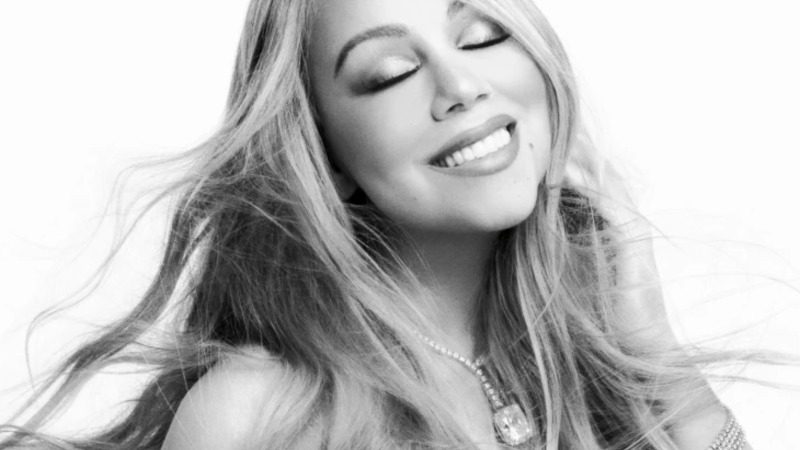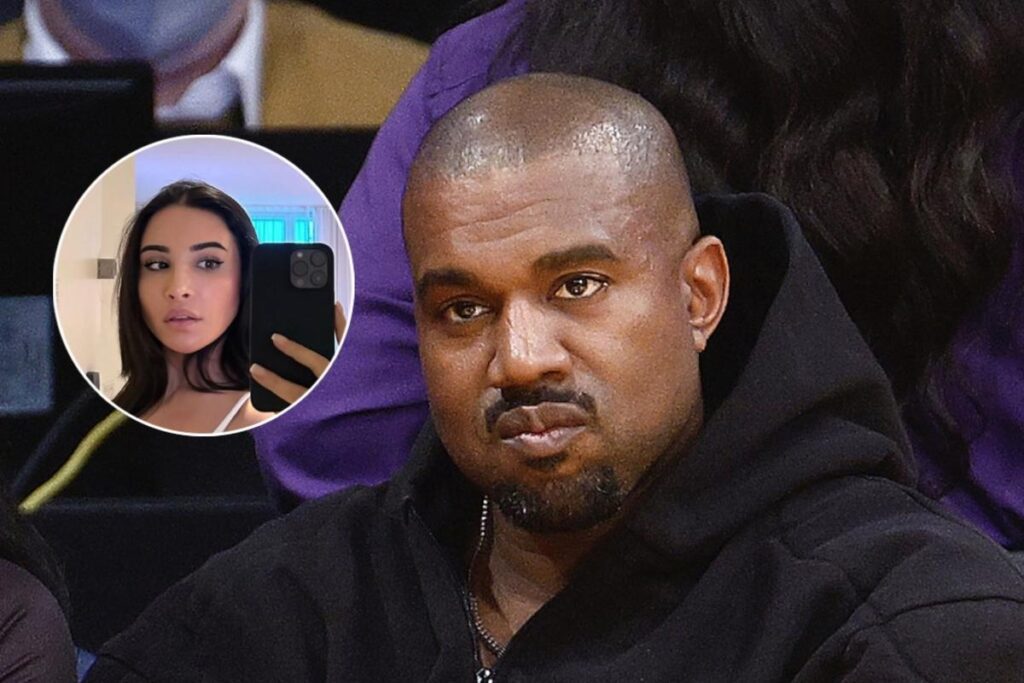There are three things a young, online person might know about Mariah Carey if they aren’t already familiar with any of her nineteen #1 hits: She becomes omnipresent every December, when “All I Want For Christmas Is You” defrosts during the holiday season; she does not know Jennifer Lopez; and she does not believe in the passage of time, because the Songbird Supreme could not be bothered with something as meddling as that. The “era”, a ubiquitous concept in contemporary pop that provides both structure and limitations, doesn’t mesh with Carey’s refusal to measure existence by duration. After all, how can you have a discrete period defined by a central theme and aesthetic if you don’t recognize the passing of those periods of time at all?
Carey’s discography is not a collection of distinct eras. It’s the unfurling of a butterfly’s wings. You can hear it, from her show-stopping arrival of a debut, through the constrictions of her label, to her statements of independence and rebirth. You can feel the music getting looser, riskier, more herself. Of course, she has her peaks and valleys, but Mariah’s career is a slow, non-linear evolution into the diva who can do, frankly, whatever the fuck she wants. Carey’s sixteenth record Here For It All—and her first in seven years—is no different. Anyone expecting a late-career masterpiece will be disappointed, but the album is a marker of her consistency and, most of all, her endurance.
In most ways, Here For It All is more of the same for Carey. There’s her trademark schmaltzy balladry (“Nothing Is Impossible”) and her cover of Paul McCartney & Wings cut “My Love,” and she continues to find inspiration in gospel, collaborating with the Clark Sisters on “Jesus I Do.” And then, of course, there’s a smattering of the final boss-level braggadocio we’ve come to expect from Mariah. Her shade-dealing, glamorous, and often petty character remains as charming as ever. “I don’t care about much if it ain’t about mi,” she admits on “Mi.” Here For It All finds her sitting in her mansion, rich, comfortable, and adorned in the very best “Balencis.” And she wants us—and her wrongdoers—to know it.
Of course, one could interpret all this flexing as egotistical. But that would be an injustice to the truth: Carey’s notorious diva whims on Here For It All are more about her impeccable sense of camp and humor than self-absorption. In the midst of the break-up ballad “In Your Feelings,” she packs as many words as possible into a single breath: “I think you might be getting a little bit too in your feelings.” It’s a knock-out kiss-off, and the hyperbolic contrast between her quick-pulsed pre-chorus and patient delivery of the hook is high drama with a knowing wink. Her takedowns are as funny as they are shady, too: on lead single “Type Dangerous,” she’s offended by “three hatin’ ass hoes” who “don’t know the meaning of water nor soap.” Mariah Carey simply doesn’t “have time for the rigamorale.” Humor has been an underlying element in Carey’s music, permeating since she first asked, “Why are you so obsessed with me?” in 2008. There’s a freeness and ease with which she delivers her barbs on Here For It All.
If only the music here was as sharp as Carey’s disses. On her last album, the underrated Caution, she kept up with contemporary trends in R&B. The album is full of cold, washed-out synths and slicing trap hits that perfectly match the sting of her lyrics. Here For It All is warmer and more generalist. Too often, it veers into the dreaded terrain of adult contemporary. The heavier 808s in “Mi” and “Confetti & Champagne” are the closest to Caution’s palette, and “Sugar Sweet” has a freshness and ease distinct from the rest of the record, in its buoyant, dancehall application. But most of Here For It All is classic soul complete with a lean, acoustic rhythm section, piano, and strings. “Play This Song” has inflections of Motown, while “I Won’t Allow It” is old-school disco. Carey has found an on-paper match in Anderson .Paak, who has credits on four songs on the album, but his touch here is a bit more Silk Sonic than Malibu. .Paak’s work can range from transcendent, pocketed soul to sepia-toned pastiche. But his work with Mariah is more derivative, landing closest to his collaborative work with Bruno Mars, mimicking Stax Records style but not its rhythmic adventurousness. Especially on “Type Dangerous,” which features a bassline like a neutered version of “Come Down,” Carey’s melodies and .Paak’s rhythms could use a bit more gas. You can’t help but think both musicians—two of modern soul and R&B’s greatest—could lock in more.
Of course, the central musical element during Here For It All remains her voice. Carey’s vocals have always had a grain of sand in them, a smokiness that adds texture and grit to even her most saccharine ballads. Sixteen albums in, she doesn’t mask or shy away from the noticeable changes in her voice. There’s a roughness to her delivery of the “In Your Feelings” hook, a force to the vocal riffing that closes out “Here For It All,” a squeakiness to “Nothing Is Impossible.” Where Carey’s glissandos, whistle tones, and vocal acrobatics once felt effortless, now they are intentionally effortful. And it’s that which makes Here For It All notable, though not pivotal, in Carey’s discography. This is the unraveling she eases us into: not an era, but a new phase where the Mariah of the present can comfortably coexist alongside her legacy as pop’s greatest vocalist. She may not acknowledge time, but you can still sense that she’s here for all of it, whatever that may bring.
Andy Steiner is a writer and musician. When he’s not reviewing albums, you can find him collecting ‘80s Rush merchandise. Follow him on Twitter.




